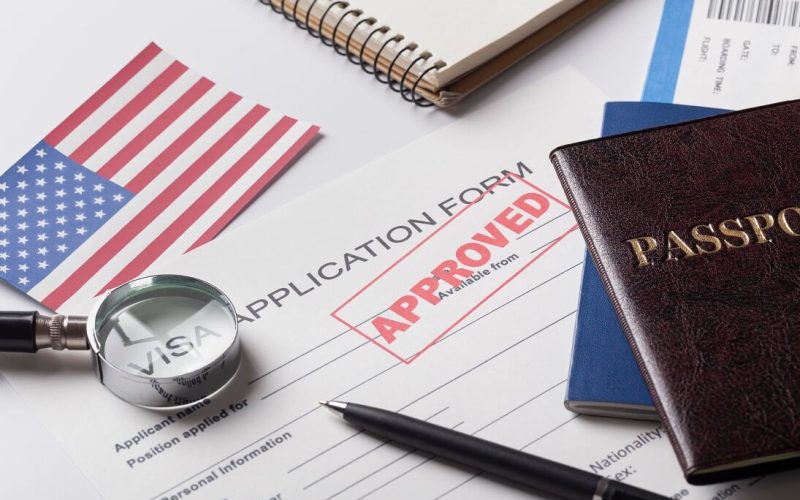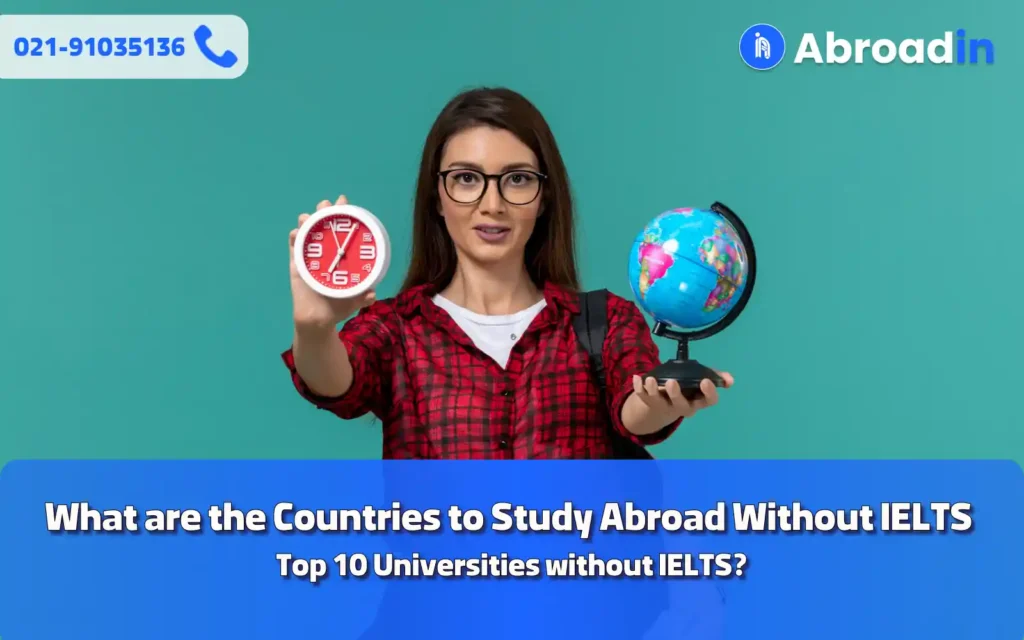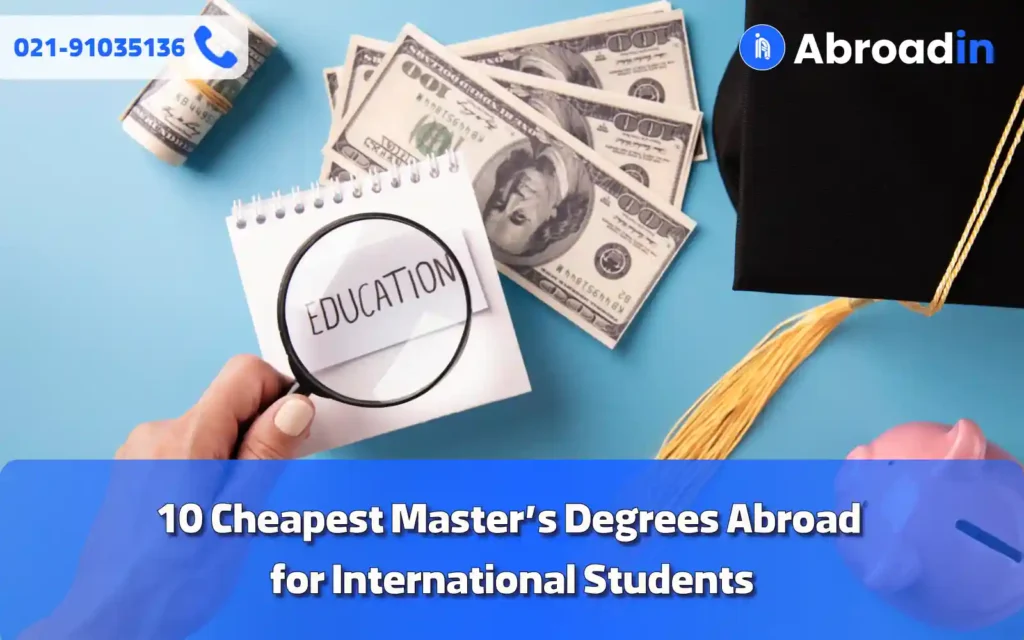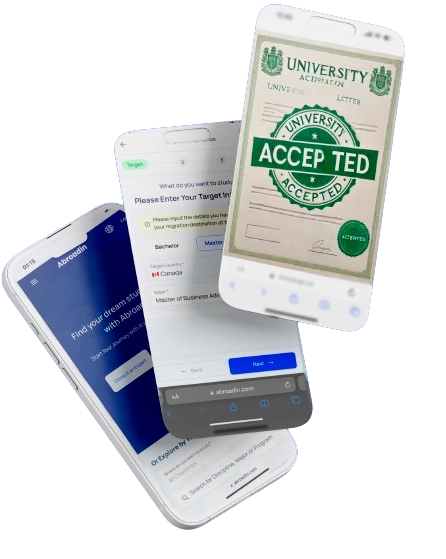

Common US Visas for International Students
If you want to stay in the United States after graduation, you should get a green card after graduation from your studies, but first, make sure that you know visa restrictions and requirements.
Steering the immigration process in the US is often confusing because there are as many visa options. The eligibility requirements and regulations constantly change, making this process more difficult.
Here are the most common options applicable to international students.

Practical Training on an F1 Visa | Green Card after Graduation
An F1 student is generally entitled to one year of post-completion practical training.
Authorization for this type of practical training is for a maximum of 12 months and starts once you have finished your studies.
You may talk with the international students’ department to get the necessary forms.
They inform you of the different practical training options. Look for your practical training options when studying to prepare for the future.
Non-Immigrant H-3 Visa or Trainee Visa
An H-3 visa is for applicants who do not have the appropriate educational background or work experience.
It is for people who like to come to the United States to train in a particular field to return to their home country after completing their studies.
The H-3 visa is valid for two years and cannot be extended or transferred to H-1B/L-1 visas.
To authorize an H-3 visa, the applicant must secure training from an American employer with an established training program.
Non-Immigrant H-1B Visa or Specialty Occupation Visa
The minimum conditions for obtaining this visa include:
- a US employer to sponsor the applicant,
- an American Bachelor’s Degree or its equivalent,
- a correlation between the job responsibilities and the applicant’s education and work experience.
It is also necessary to endorse a labor condition attestation from the Department of Labor before filing the H-1B requisition with the Immigration & Naturalization Service.
An LCA must ensure that foreign workers are not exploited by American employers and have the same salaries and benefits as their American counterparts.
The H-1B is for three years and can be extended for another three years but cannot be extended beyond six years.
Spouses and children automatically get H-4 visas, allowing them to accompany the applicant and attend an institute in the US, but not work.
Non-Immigrant R-1 Visa or Religious Worker Visa
The R-1 religious worker class is for ministers, people working in a professional capacity in a religious job, or people working for a religious organization in a ministerial position.
The applicant must demonstrate that they had been a member of the religious denomination for at least two years preceding the application.
Initial admission lasts three years with an extension of up to 2 years. The American employer is required to demonstrate that it has tax exemption status.
Non-Immigrant E-1/E-2 Visa or Treaty Trader/Treaty Investor Visa
Some countries have treaties with the US, allowing their citizens to get treaty trader/investor visas.
A fundamental necessity for an E-1 visa is that at least 51% of the corporation’s trade must be between the US and the given country.
An E-2 visa requires a considerable investment into a new or existing enterprise.
Managers, executives, and other essential employees are qualified for these visas. The visa is usually for five years with two years increments upon each entry.
It is possible to expand these visas as long as there is a need for the person to direct the United States enterprise and the concern remains possible.

Non-Immigrant L-1 Visa or Intracompany Transfer Visa
The L-1 intracompany transferee visa is for foreign companies with offices in the United States, which like to transfer some employees to this country for temporary employment undertakings.
This visa is for managers and executives, with maximum admission of 7 years or people having specialized knowledge, with maximum admission of 5 years.
If the US subsidiary is a newly established office, the applicant will only be admitted for one year.
It is possible to apply for attachments, accompanied by documentation showing meaningful or future business activity and increased personnel.
It is feasible to apply for permanent residency as a multinational manager through this category.
Here you can read more about challenges that students face in USA:
Challenges International Students Face in the US
Non-Immigrant Obtaining a Green Card
A person granted permanent residency, known as green card status, can live, work, and study in the United States.
Depending on their category, an immigrant may be qualified to file for US citizenship either three years or five years from the date of acquiring permanent residency.
It is possible to have a green card after graduation and get a permanent residency position under four main classes in the US. The easiest way is through a family relationship where the petitioner is either an American citizen or permanent resident.
The other categories include employment sponsorship, diversity immigrants, and refugees. You might also take your luck with the Green Card Lottery.
if you need information about Importance of Age for Admission and Student Visa read this:
F-1 Visa to Green Card | Green Card after Graduation
Now let us look at some options to change your F-1 visa to a Green Card to help you decide which path fits you best.
What is an F-1 Visa?
The F-1 visa is for international students in the United States for higher education or attending the English Language Program.
They are usually may remain in the country until they have completed their full-time academic courses of study at approved educational institutions.
Technically, the F-1 visa is for applicants who intend to return to their home country upon completing their studies unless they participate in the post-completion OPT (optional practical training).
This program allows international students to participate in their central study area for one year following graduation.
International students with degrees in particular STEM (science, technology, engineering, and math) may be eligible for a 24-month extension of their post-completion OPT authorization to work.
However, the F-1 visa holder is still expected to return to their home country after the degree, OPT, or STEM OPT program is completed, unless they become a permanent resident of the US.
F-1 visa to EB-1 Visa | Green Card after Graduation
One option for students in the United States on F-1 visas and who wish to become Green Card holders is to get an EB-1 visa, also known as first-preference employment-based US visas.
This visa is for international students and foreign nationals with extraordinary abilities, including the following:
- Recipients of an Olympic medal, Oscar, or Pulitzer Prize
- Outstanding researchers or professors
- Multinational managers and executives
- Unique abilities in the arts, business, or sciences fields,
For applicants based on extraordinary abilities, they must also meet at least three out of 10 of the following criteria:
- Receipt of nationally or internationally respectful prizes or awards for excellence;
- Membership in associations in the field demand outstanding achievement of their members;
- Published works about the applicant in professional or major trade publications;
- Evidence of having been asked to judge the work of others, either individually or on a panel;
- Original artistic, athletic, or business-related scientific, scholarly contributions of major significance to the field;
- Authorship of scholarly papers in professional or major trade publications;
- Work displayed at artistic displays;
- Performance of a leading or vital role in distinguished organizations;
- A high salary or other relatively high remuneration concerning others in the field;
- Commercial successes in the performing arts.
Because many F-1 visa holders usually find it hard to meet the criteria to apply for an EB-1 visa, this option is not often a path to a Green Card.
If you want to apply for an EB-1 visa, you can either find a sponsoring employer in your area of specialty or petition for yourself.
If you are petitioning through a sponsoring employer, the employer is typically required to pay for your petition and follow the applicable visa and labor laws.
For self-petitioners, you are required to file Form I-140, Petition for Alien Worker, and pay the fees yourself.
Because EB-1 visas are typically only for people with exceptional abilities, have contributed significant research, or have multinational positions in companies, it is not easy to be approved unless you meet the requirements indicated above.
How to Switch from an F-1 Visa to a Green Card after Graduation?
If you want to switch from an F-1 visa type to a Green Card after graduation, you should start by getting an H-1B visa type, which lets you to stay in the U.S. and work there legally.
The H-1B visa is usually sponsored by your employer, and it’s a temporary work visa that lasts up to six years. During that time, your employer can file for a Green Card on your behalf through the employment-based immigration process. This is the most common route, but it’s not your only option!
Another route is applying for an EB-2 or EB-3 visa, which are employment-based Green Card categories:
• EB-2 is for people with advanced degrees or exceptional abilities,
• EB-3 is for professionals, skilled workers, or others with a job offer.
To qualify for these visas, you need a job offer in the U.S. and the support of your employer, who will file a petition for you.
In some cases that the applicant has some extraordinary skills, they might even be able to apply for a Green Card without an employer sponsor through an EB-1 visa.

F-1 to EB-2 or EB-3 Visa
Suppose you cannot meet the stringent criteria to get a green card after graduation and have the first-preference EB-1 visa.
In this case, you can secure an EB-2 or EB-3 visa, which are the second-and third-preference employment-based immigration visa categories, respectively.
EB-2 visas are reserved for people in the following three categories:
- Receiving an offer for a job that requires an advanced degree and holding that degree or a minimum of a bachelor’s degree and five years of progressive job experience;
- Possessing exceptional talent in the arts, business, or sciences;
- Having a national interest waiver for the position.
The following criteria apply to EB-2 visa applicants:
- Must submit official academic records showing the advanced degree in the field of exceptional ability;
- Letters demonstrating work experience in the field of at least ten years;
- Commanding a high salary in the field that is commensurate with exceptional ability;
- Holding professional licenses or certifications;
- Professional association memberships;
- Recognition by peers for considerable assistance to the field.
For an employer-based EB-2 visa, your employer will need to file a Form I-140 and an approved labor certification from the US DOL (Department of Labor).
The EB-3 or third-preference employment-based immigration visa is reserved for skilled workers, professionals, and certain other workers.
Skilled workers must have a minimum of two years of work experience or training in their fields, labor certification, and an offer of employment for a permanent, full-time position.
There are no American citizens available to fill it. Moreover, professionals must hold at least a bachelor’s degree and a job offer in their field.
Unskilled workers must perform unskilled labor in the US for which American workers are not available and hold job offers.
Sponsoring employers of EB-3 applicants must file labor certifications and Forms I-140 on behalf of the applicants.
do you want to know about How to Write an Effective Proposal Letter? read this article:
Conclusion
While the process of applying for the visa may appear daunting, this guide is intended to help simplify the understanding process of getting a green card after graduation and beginning your new life in the US. Do not forget to consider how you will live during your stay, especially how you manage your finances, from setting up a bank account to managing your credit.
FAQ
Yes, F-1 visa holders can apply for a Green Card, but the process involves multiple steps and visa categories such as H-1B, OPT, and EB visas, which provide pathways to permanent residency.
The most common paths include transitioning to an H-1B visa through employment, applying through family sponsorship, or pursuing an EB (employment-based) visa like EB-2 or EB-3.
Optional Practical Training (OPT) allows F-1 students to work in the US for a limited time post-graduation. OPT experience can help you secure an H-1B visa, which is often the first step toward a Green Card.
No, it’s not mandatory, but the H-1B visa is a common stepping stone for many graduates. You can also pursue other employment-based or family-sponsored visa categories.
The timeline varies depending on the visa path you take. For example, H-1B to Green Card can take several years due to annual limits and processing times. Other factors, such as employer sponsorship, country of origin, and the visa category, can also influence the duration.
Yes, marriage to a US citizen is one of the quickest routes to a Green Card. This process can be faster compared to employment-based Green Card applications.


How useful was this post?
Click on a star to rate it!
Average rating 3.3 / 5. Vote count: 8
No votes so far! Be the first to rate this post.








2 Comments
Thanks for comprehensive explanation. But I have question,
How can I switch from an F-1 visa to a Green Card after graduation?
You can apply for an H-1B visa, which allows you to work in the US, and then your employer can sponsor you for a Green Card. Alternatively, you might qualify for an EB-2 or EB-3 visa based on your skills and job offer.